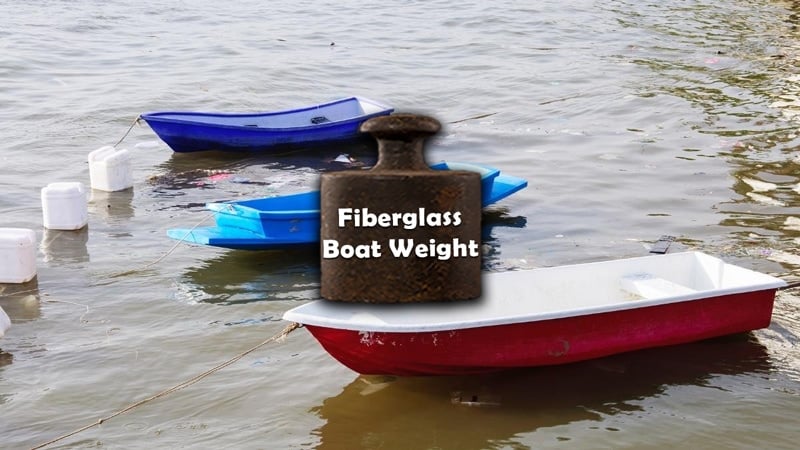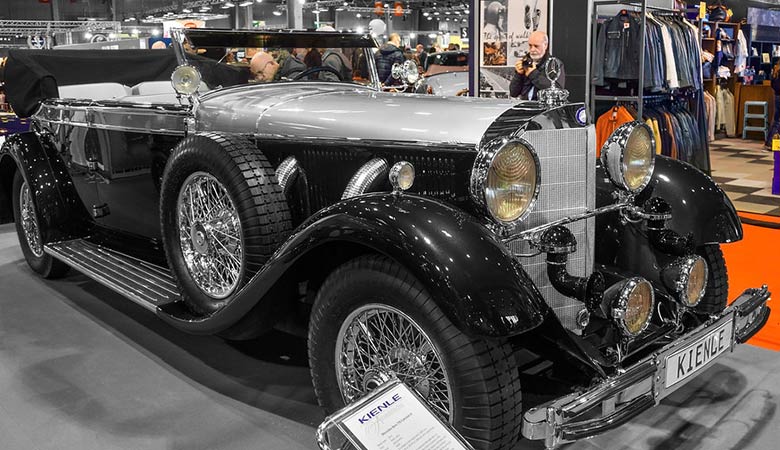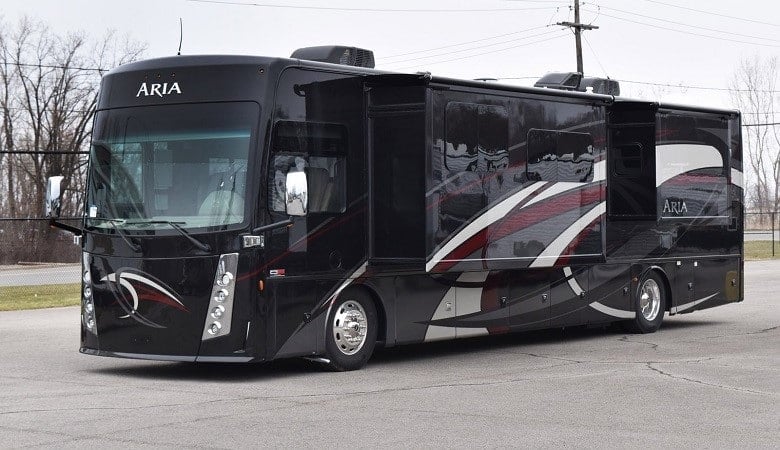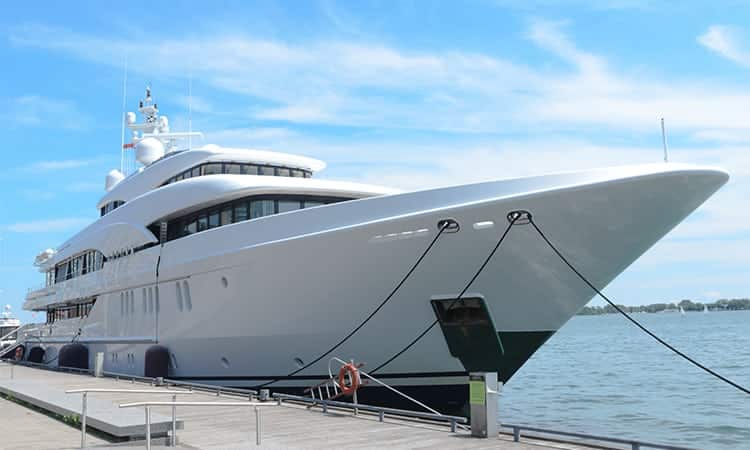Without the motor, these boats typically weigh between 1,500 and 2,900 pounds (680 to 1315 kg). You could be looking at a weight well over 5,000 pounds with a larger engine and a trailer.
Are you thinking of owning a boat? There are several factors to take into account when purchasing a boat because there are so many options available. Going further and considering boat weight will help you reduce your search.
Consider how you want to use your boat: do you want a fishing boat, something for cruising, or something more versatile?
Boat weight may be one of the final considerations before buying a boat, but if you plan to tow your boat, it may be one of the most crucial. Larger boats weigh more, yet even vessels of roughly the same size can weigh differently.
These boats are more expensive to purchase, but because of how slowly they lose value over time, you typically don’t lose a lot of money when you do. There are many different sizes of fiberglass boats, but in this article, we’ll contrast these boat’s weight with the smaller aluminum fishing boats.

How Much Does a 16-Foot Fiberglass Boat Weigh?
The builder’s weight and the weight of the boat after use are never the same, thus, keep that in mind first. When the builder’s weight is checked, the tank is typically empty of liquids.
But after you have it and start using it, the fluid content will rise significantly, and the weight will rise significantly. Additionally, you may add some other parts to the boat, which would add to its weight.
A 16-foot fiberglass boat can therefore weigh up to 1080 lbs. That is hefty, now! In actuality, a heavier boat can ride more smoothly.
How Much Does a 17-Foot Fiberglass Boat Weigh?
A 17-foot boat typically weighs between 1,150 lbs. and 2,221 lbs., not including a trailer, depending on the style of the boat.
A lot of factors contribute to the overall weight of an average bass boat, including the fact that a pontoon boat weighs less than a center console and that boats of roughly the same length can have very different weights.
Additionally, the features you select and how you power your boat will affect the overall Weight. To assist you in making the best choice, we will delve into dry weight, gear and fuel weight, and trailer weight. Below are some of the common types of 17-foot fiberglass boats.
Edgewater 170CC – Center Console
A bigger boat’s amenities are available in a smaller package with the Edgewater 170CC. With a Deep-V hull, it has a smooth ride, plenty of space for people and equipment, and will carry you offshore or let you fish in narrow waters.
Since 1992, Edgewater has been a renowned boat manufacturer, producing vessels that range in size from just over 15 feet to just over 37 feet. Edgewater may incorporate technologies from the design of larger, more expensive models into their smaller boats since they provide various models. What does it all weigh, though?
Dry Weight: 2,250 lbs. The hull, motor, and all rigging make up the dry Weight, which excludes any fuel or other liquids, gear, or accessories. The maximum recommended horsepower for this model is 115 HP, but the dry Weight would decrease if you choose a lesser motor.
Gear and Fuel Weight: approx. 500 lbs. The Weight of any equipment on board (such as fishing rods, an ice chest, tackle, etc.), batteries, and fuel (8.4 lbs per gallon, 30-gallon tank) are included in the gear and fuel weight. Because this boat can carry a maximum weight of 1,350 lbs. and a maximum weight of 805 lbs. per person, you could bring more gear if you wanted to if there were fewer people on board.
Trailer Weight: approx. 425 lbs. This is based on an aluminum single-axle trailer. Galvanized steel weighs more than aluminum, which rusts less in seawater and is lighter.
Gross Trailer Weight (GTW): 3,175 lbs. The entire Weight of the boat, the trailer, plus any equipment and fuel that will be in the boat while towing is the GTW, also referred to as the towing Weight.
Flats Cat 17′ – Catamaran
This boat is a shallow water fishing tool to access some of the most challenging locations possible. There aren’t many areas you won’t be able to reach with the Flats Cat 17, as it has a resting draft of only 5″ and 12″ when in flight.
The boats made by Flats Cat are built with performance in mind and include a number of unique features. The Flats Cat has two hulls instead of one, which helps to support each other and allows it to run in relatively shallow water, in addition to being incredibly stable.
Dry Weight – 800 lbs. without a motor. For this boat, a 90 HP engine is advised, adding about 350 pounds for a total of 1,150 pounds. Dry Weight must be kept to a minimum because the Flats Cat must deliver the performance required.
Gear and Fuel Weight – approx. 600 lbs. The fuel alone in a full tank of the Flats Cat’s 27-gallon fuel tank will weigh roughly 227 lbs. The remaining 600 pounds are made up of items like ice, fishing gear, and poles.
Trailer Weight – approx. 560 lbs. A special aluminum trailer designed to accommodate the Flats Cat’s distinctive features is included with the boat.Gross Trailer Weight (GTW) – 2,310 lbs.






